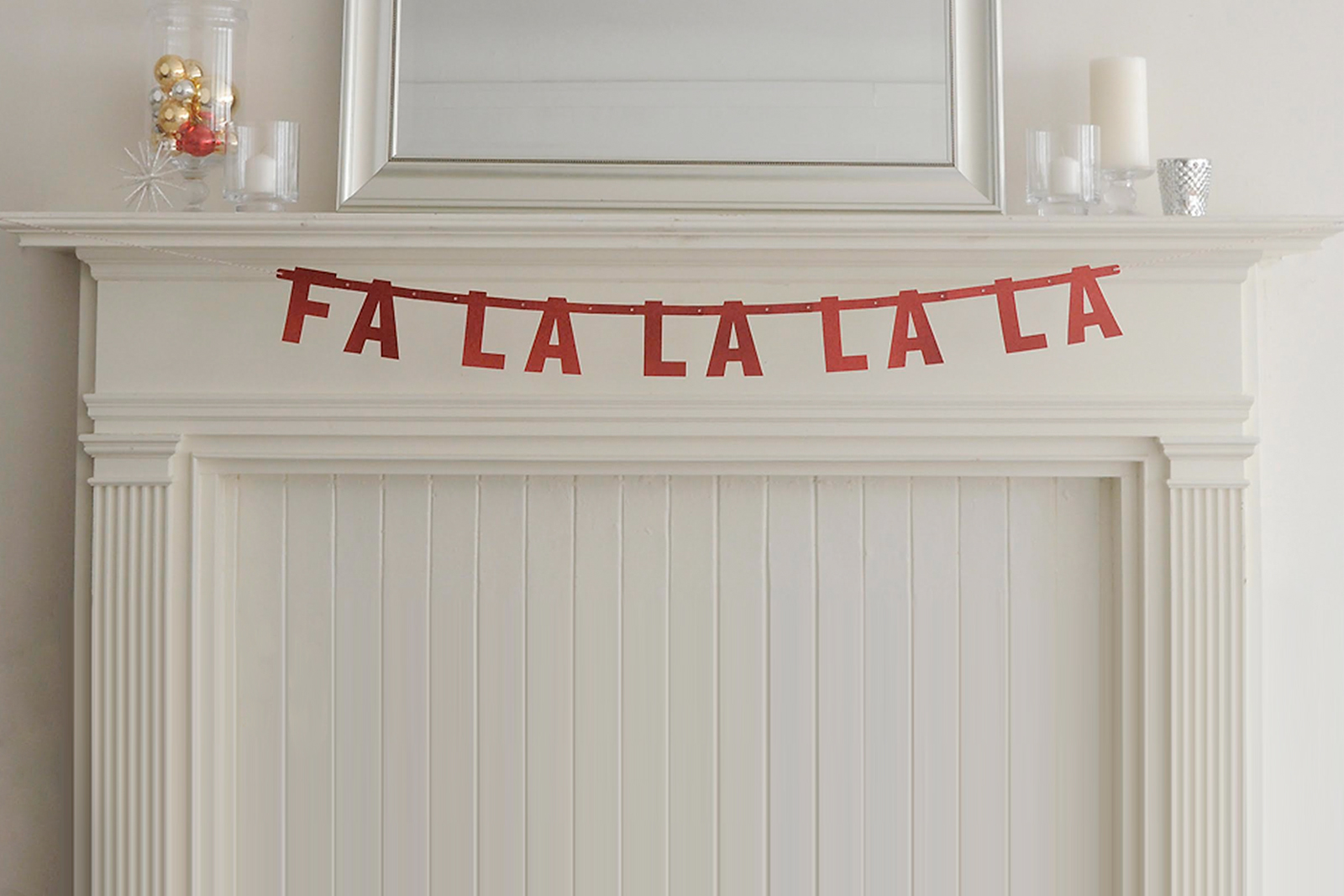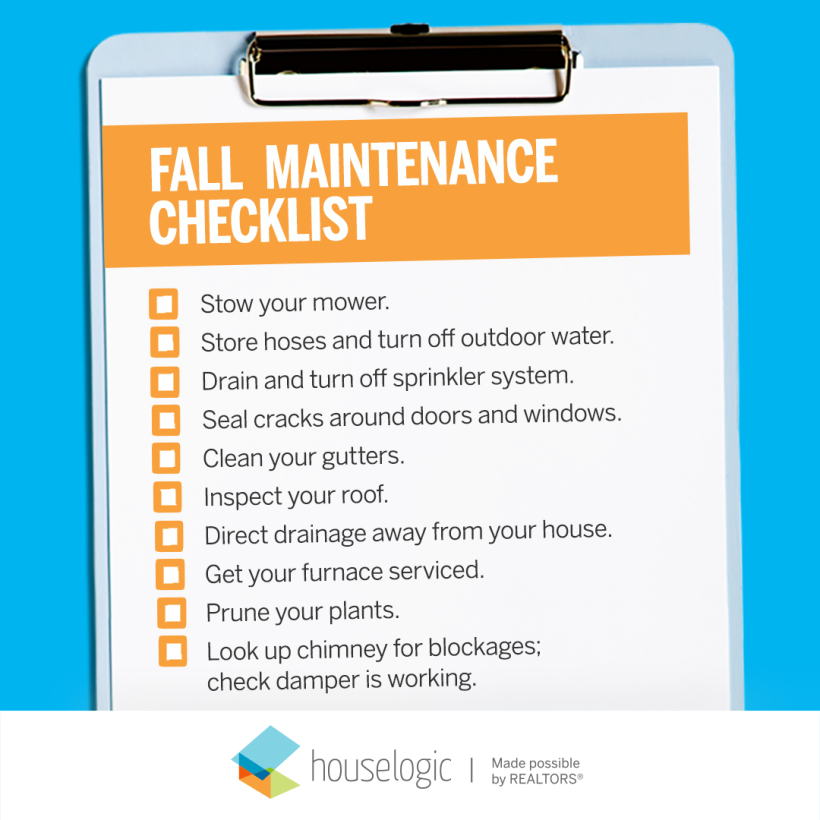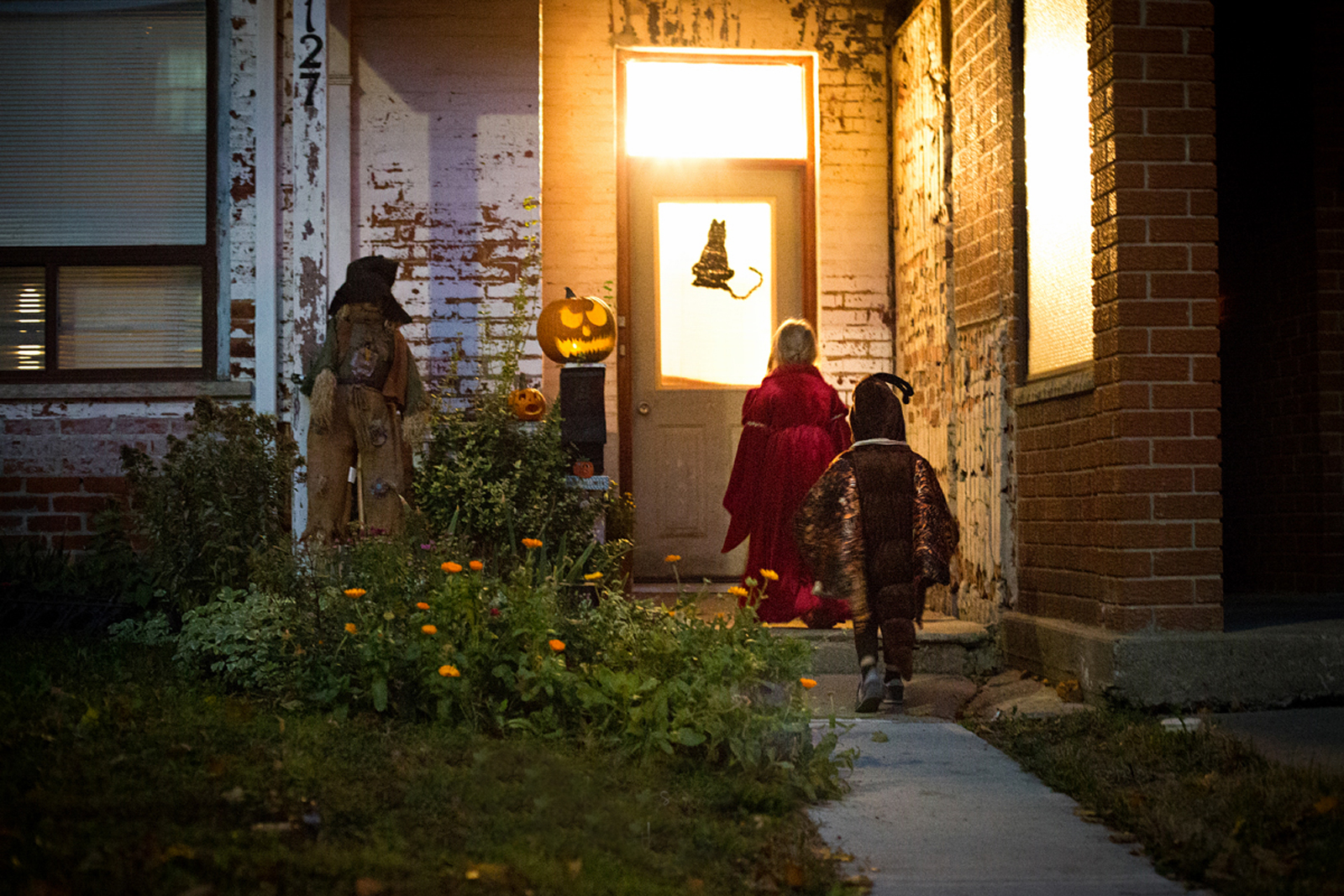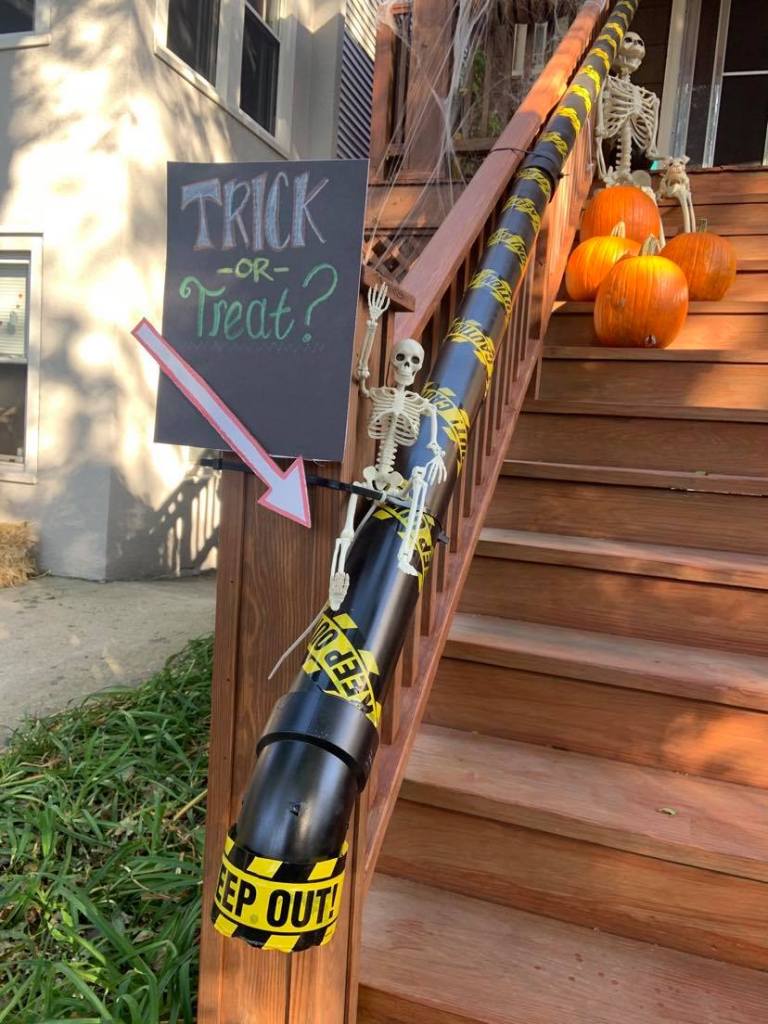One of the most common? Buying organizers without measuring.

Organization is about giving everything the right place (sometimes the donation bin), and while that sounds straightforward, it’s pretty easy to choose the wrong places, turning your attempt at a tidier home into wasted effort.
These pros have seen it all, and they’re here to save you from making these home organization mistakes.
#1 Trying to Do It in One Fell Swoop
Clutter is overwhelming; getting overwhelmed is a great way to make no organizing progress.
The Clutter Cowgirl, professional organizer Jeni Aron, recommends decluttering and organizing one room at a time before you move on to the next. And give yourself more than the sliver of Sunday between your golf outing and dinner with each spot.
#2 Starting Without a Plan
Tidying is tidying. Organizing is changing the way you live.
Meg Ricard of Simply Organized by Meg says having a plan is essential to transforming your tidying into organizing. “A lot of people will tidy up a space, tucking things away, and then find that two days later it’s a mess again,” says Ricard. “It takes longer to think about and implement a system, but the long-term results of organizing instead of tidying will be that you remain organized.”
A shelf allows you to tidy by getting random hoses and yard waste bags off the garage floor — until they’re used again and tossed wherever. A well-planned system, like filling those shelves with appropriately sized, easy-to-access, labeled bins, can keep your garage organized long term.
A successful organization strategy is one that fits your life. If you’re short, don’t store things you need often way up high. If you change your purse as often as your shoes, store them near the entryway — that’s where they pile up anyway, right?
#3 Tackling The Paper Mountain First
Certain tasks can bring decluttering down to a crawl — and even a halt. Amber Kostelny, the Chicago-based certified professional organizer behind Amber’s Organizing, finds sorting out papers and mail is a surefire way to get overwhelmed fast.
“Don’t start with paper,” she says. “It will bog anyone down because it is tedious and the most frustrating.” We hear that. Save that un-fun task for when your organizing momentum is already rolling.
#4 Trying To Buy Your Way Into Organized
Sorry, shoppers: Organization is an action, not something you can buy. Common culprits: renting storage space — which costs around $600 a year for a small unit — or sinking $400 into some deliciously chic, handwoven baskets (they’d look amazing in your living room!). When you invest big in one decluttering effort, you end up feeling super accomplished when all you’ve done is drain your bank account — and maybe put a few things in one pricey, new container.
Avoid overspending (and under-organizing) with two rules of thumb:
First, if you can live without something for months or years at a time, you likely don’t need it. Storage units are handy for moves and remodels, but in most cases, long-term use is an unnecessary budget-buster.
Second, an organized life requires very little investment. Clear plastic tubs cost $1.50 at IKEA. Plus, simple, clear containers allow you to actually see what’s inside, so you’ll never forget which $100 basket is storing your scarves again.
#5 Failing to Donate Your Donations
Ricard often spies abandoned piles slated for the local charity shop in clients’ households. “After going through the energy of sorting things to get rid of, make sure to complete the task by actually taking them out of the house,” says Ricard. “The cleared space will be a relief!”
To avoid the build-up, don’t wait until you have a trunkful to run over to the donation center. Drop off a box after each room you organize. Hoarding items you want to give to a friend or family member? Put those things in a box by the door, and give loved ones a drop-dead date for picking them up. Don’t feel badly if they no-show. You don’t actually want it either, remember?
#6 Buying Storage Without Measuring
Shopping is fun. Measuring things is not. But don’t even think about walking into The Container Store before you know the size, shape, and dimensions of organizers you need. Homeowners are constantly “buying things first, and getting lured in by cute containers,” says Aron. “But then they realize the stuff they have doesn’t work for the containers.”
Additionally, Kostelny recommends shopping for function over appearance. But bonus if you can find the perfect fit and function, and it’s super cute (obviously).
#7 Ignoring Your Wall Space
Sometimes the best storage option has been right next to you all along: your walls. Forget tucking everything into a bin or taking up more precious floor space with yet another shelving unit. Wall space isn’t just available and efficient, it can make storage more accessible.
“Adding hooks to make it easy to pick up and go is important — especially for the kiddos,” says Monica Friel, the president and cofounder of Chicago-based Chaos to Order.
Sturdy mudroom hooks are just the beginning. Floating shelves, pegboards, corner shelving, built-ins — even attaching finished wooden crates or hanging a shoe organizer on the wall — can transform your everyday vertical space into an organization mecca.
#8 Skipping a Labeling System
Putting labels on everything in the house may make you feel like a bossy taskmaster. But, in fact, it makes you a clever organization educator. Ricard points out that labels may seem over-the-top at first, but eventually, they make organizing second nature by training others (and reminding you!) where things belong.
#9 Allowing Your Organizers to Get Disorganized
Just when you thought your shelf full of tidy, clear, labeled containers were perfect, you open the one marked “gloves” and spend 10 minutes trying to find a single matching pair.
Dividers and smaller boxes within bigger containers can help smaller items stay neatly corralled and categorized. Try this solution inside dresser drawers for a refreshingly well-ordered dressing experience. Now you can pat yourself on the back.
“Visit HouseLogic.com for more articles like this. Reprinted from HouseLogic.com with permission of the NATIONAL ASSOCIATION OF REALTORS®.”



















